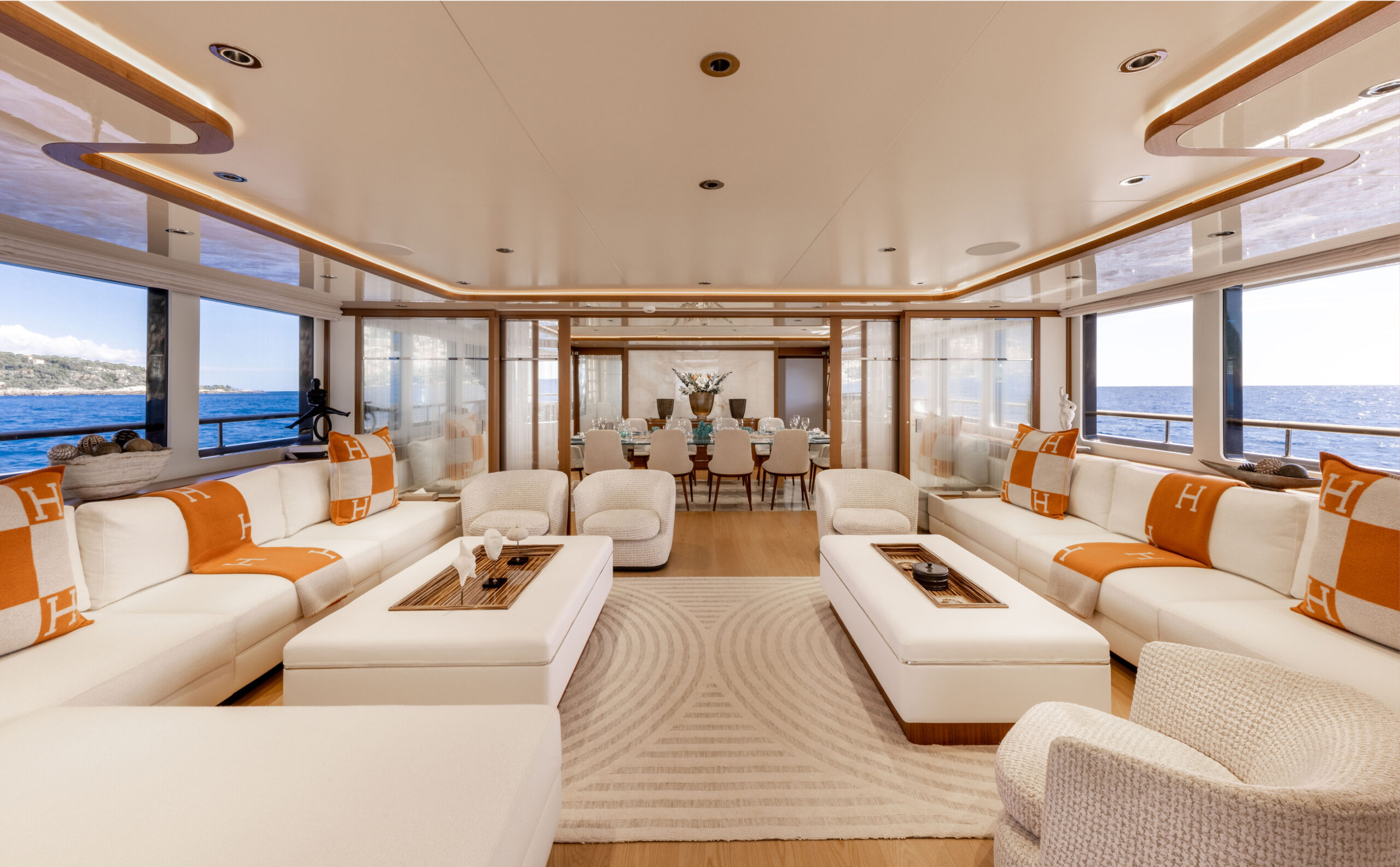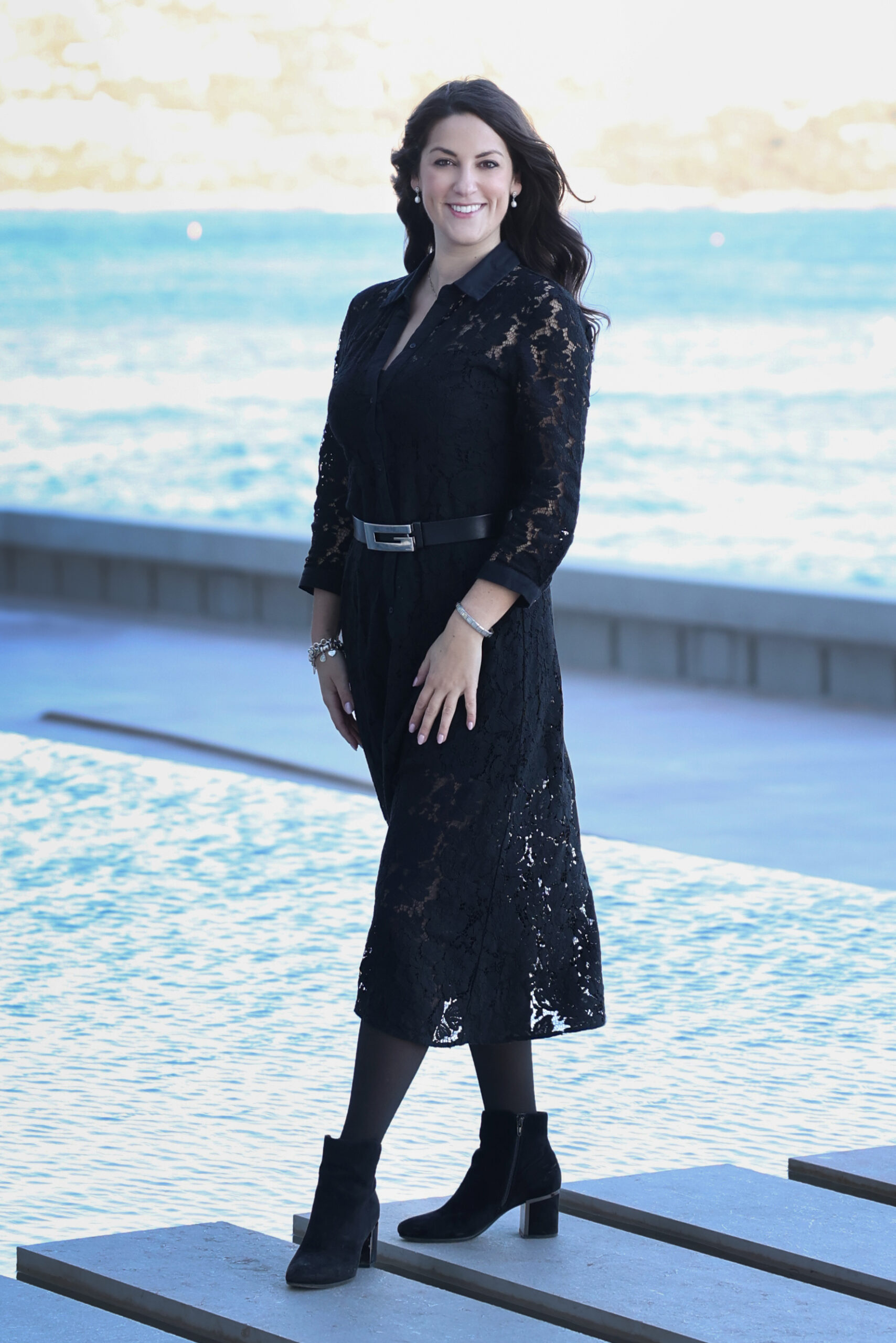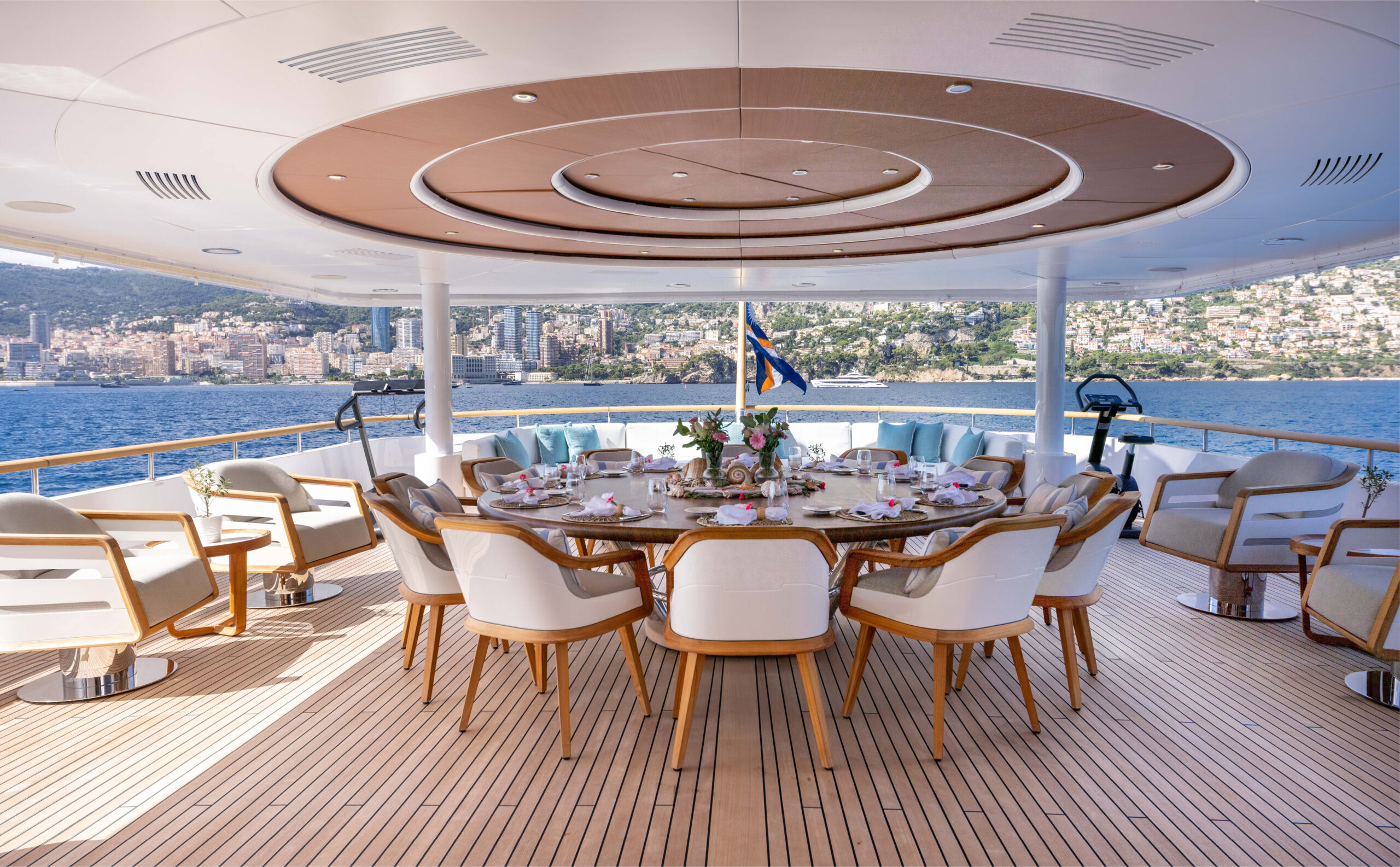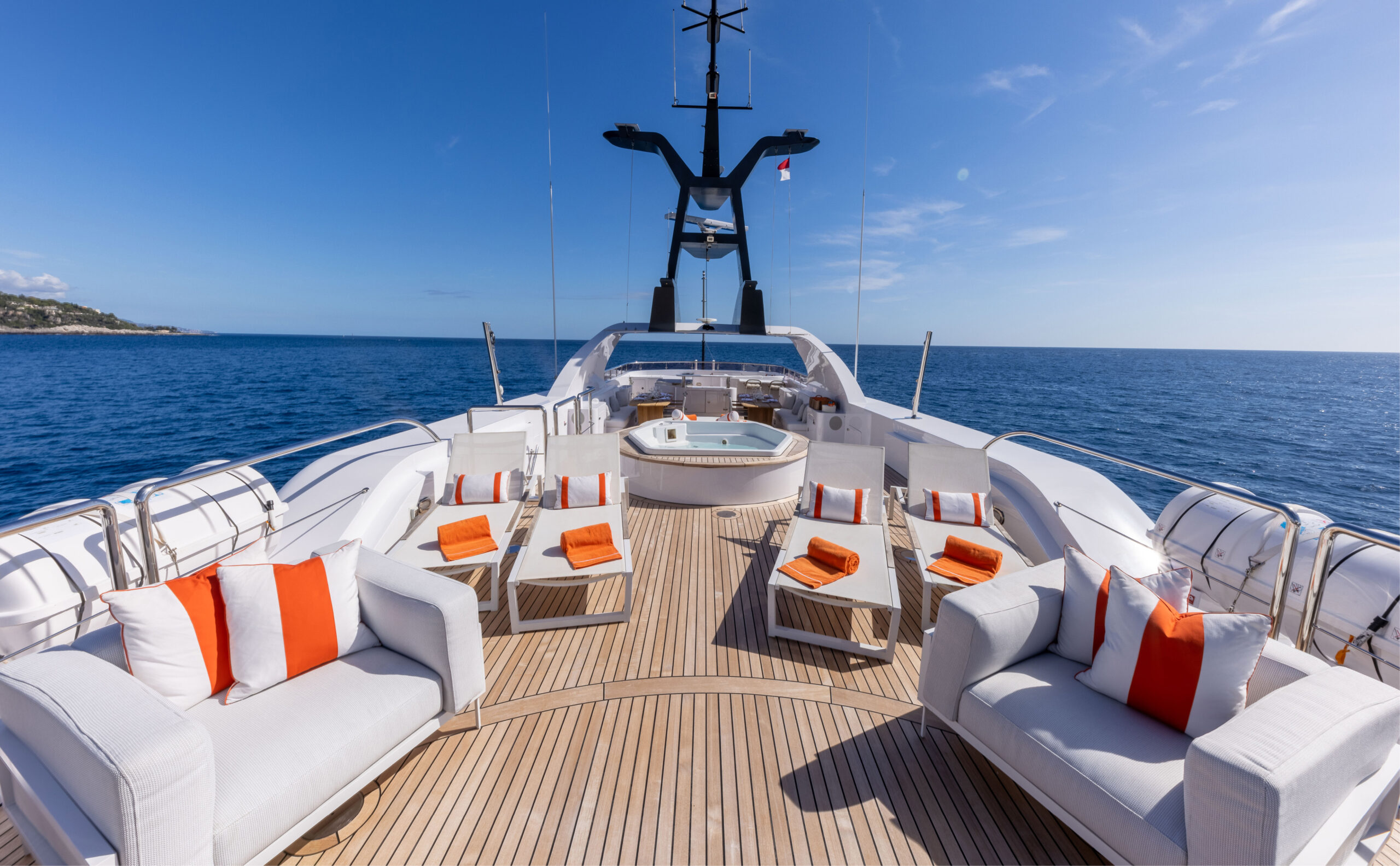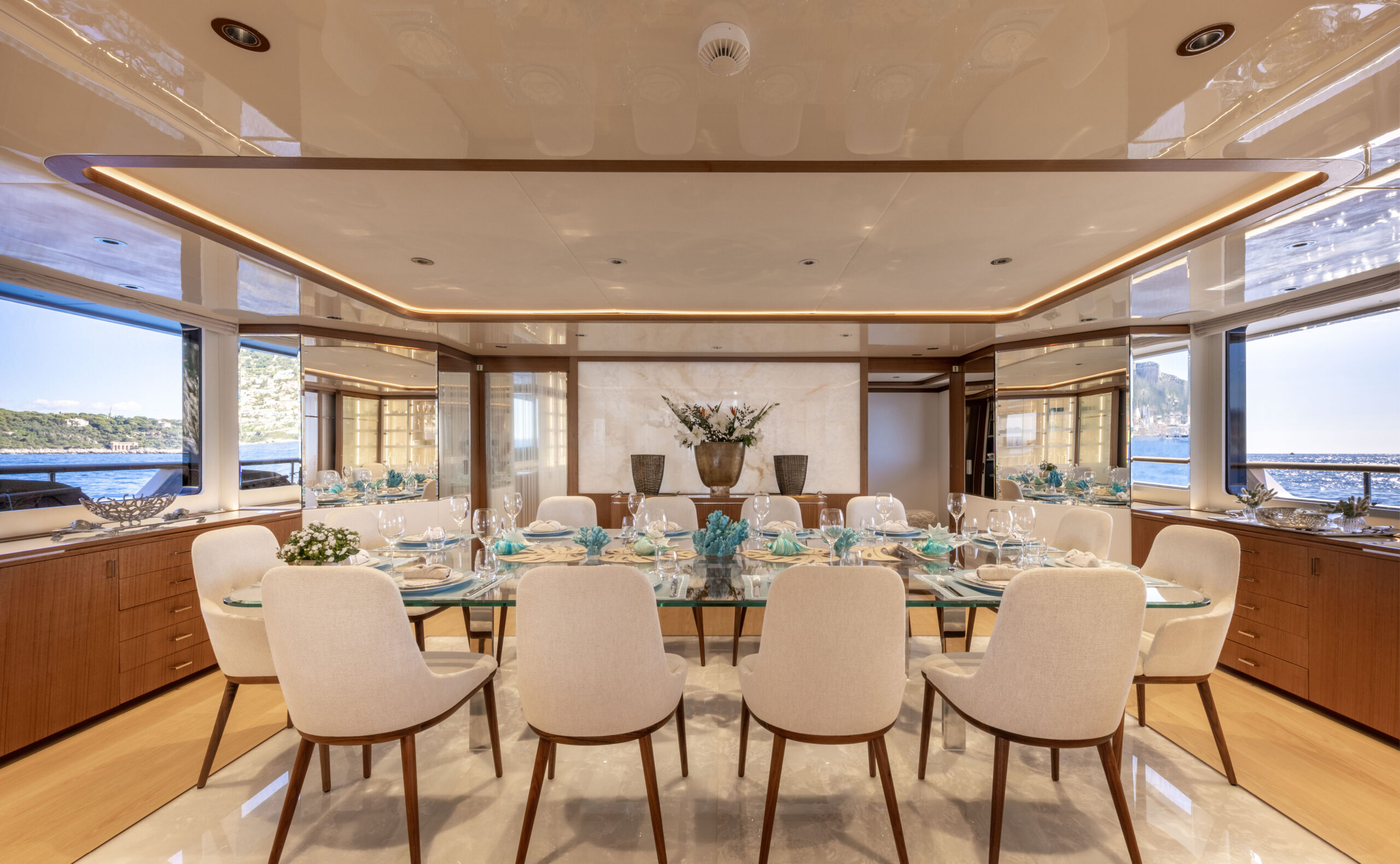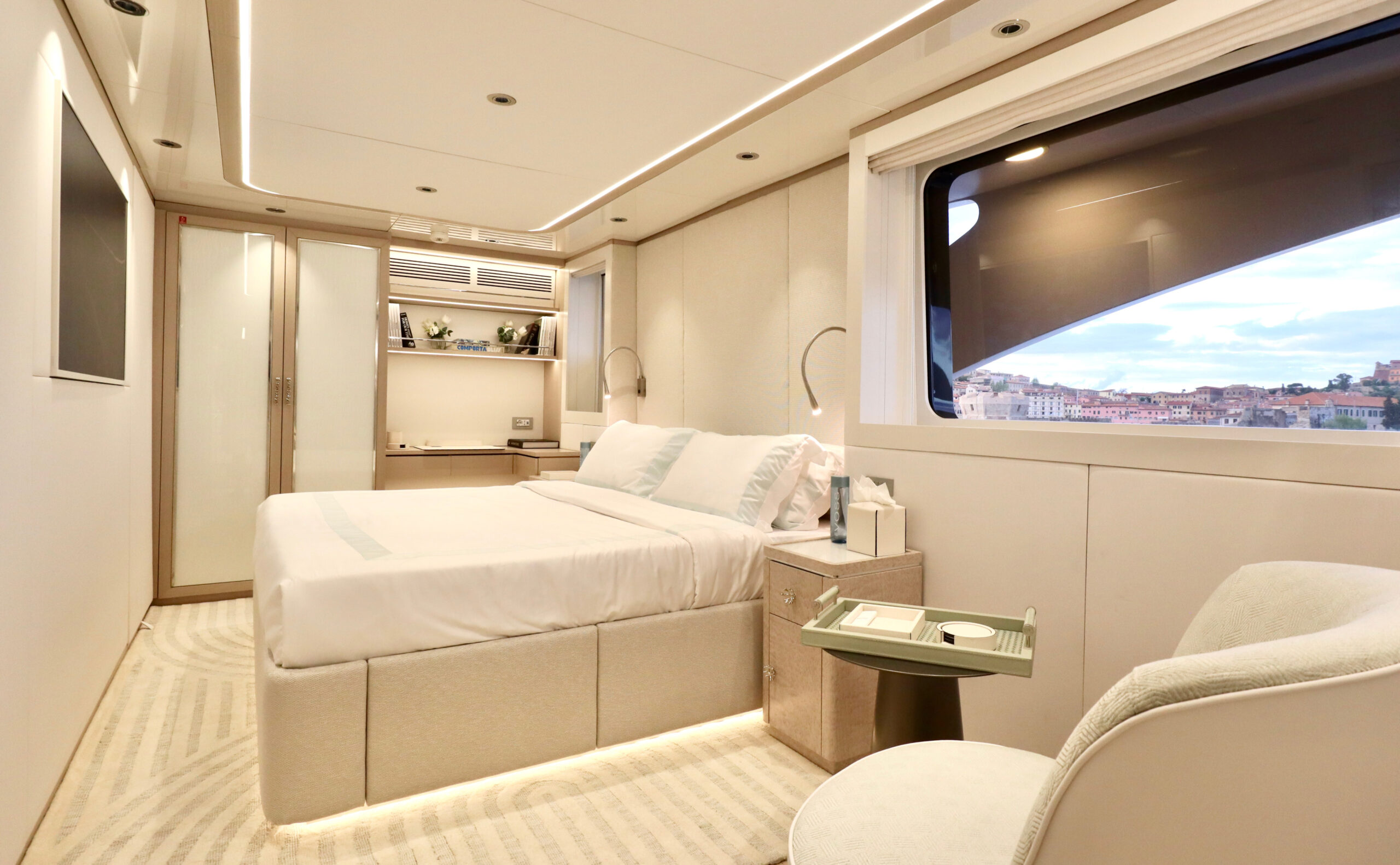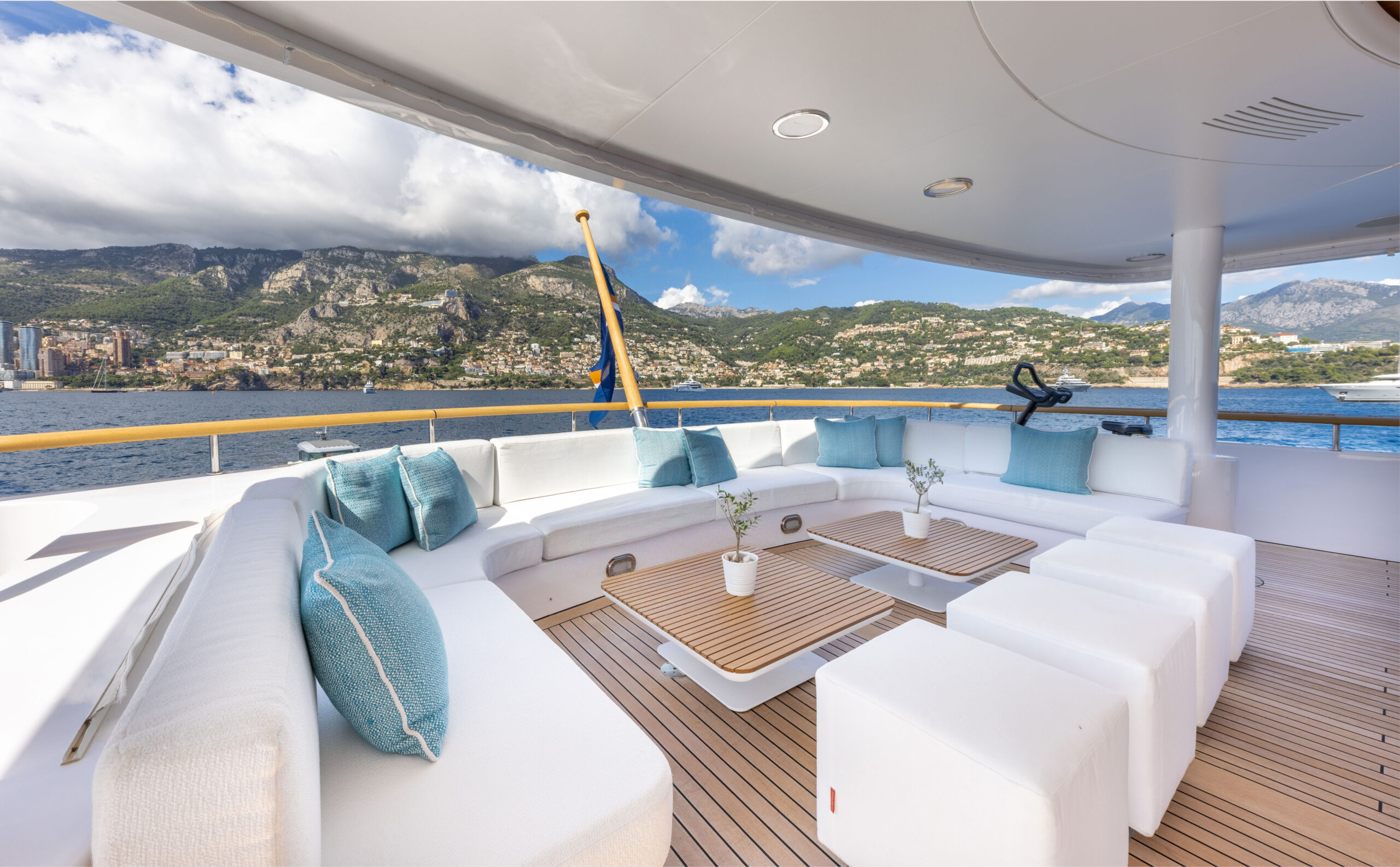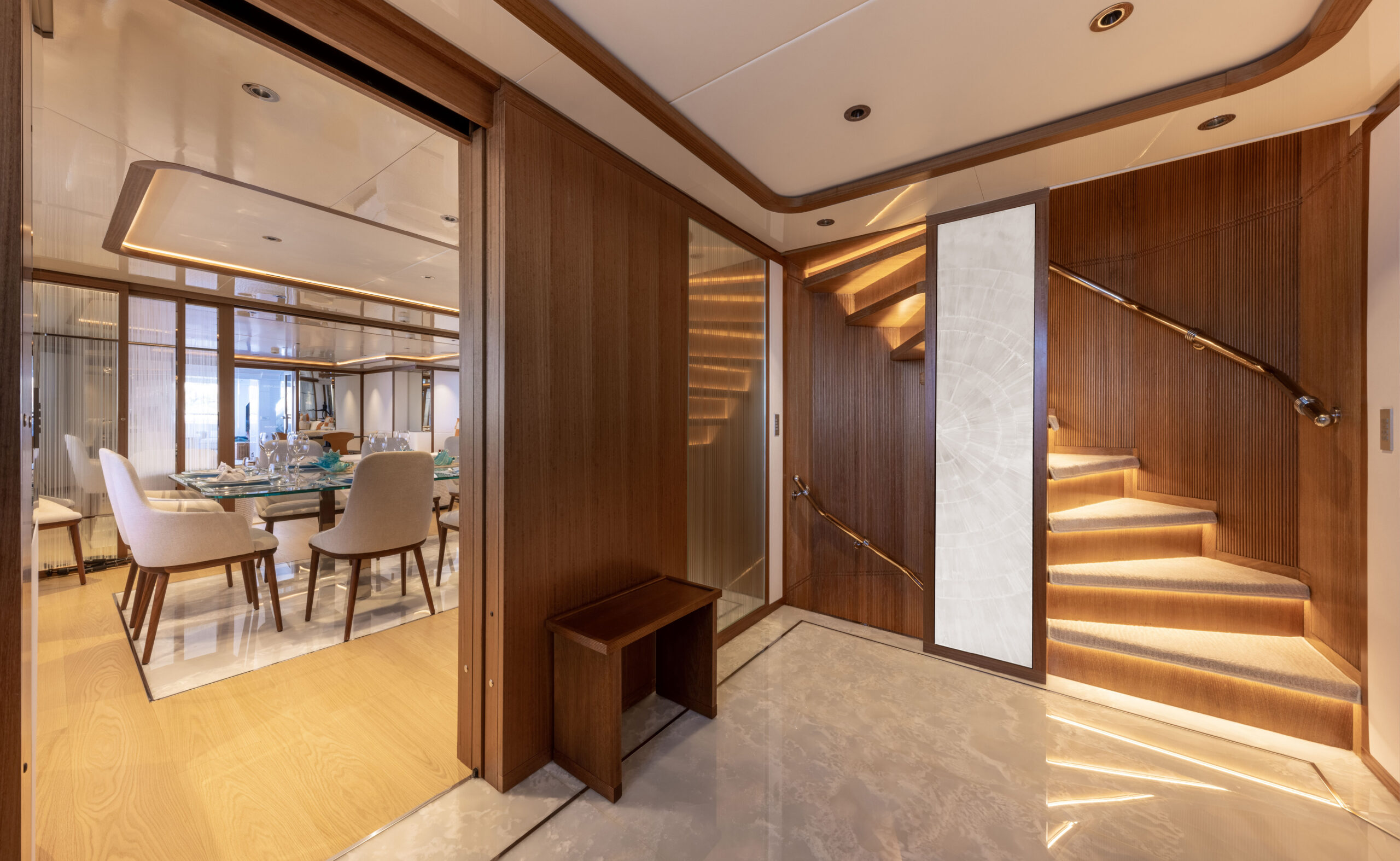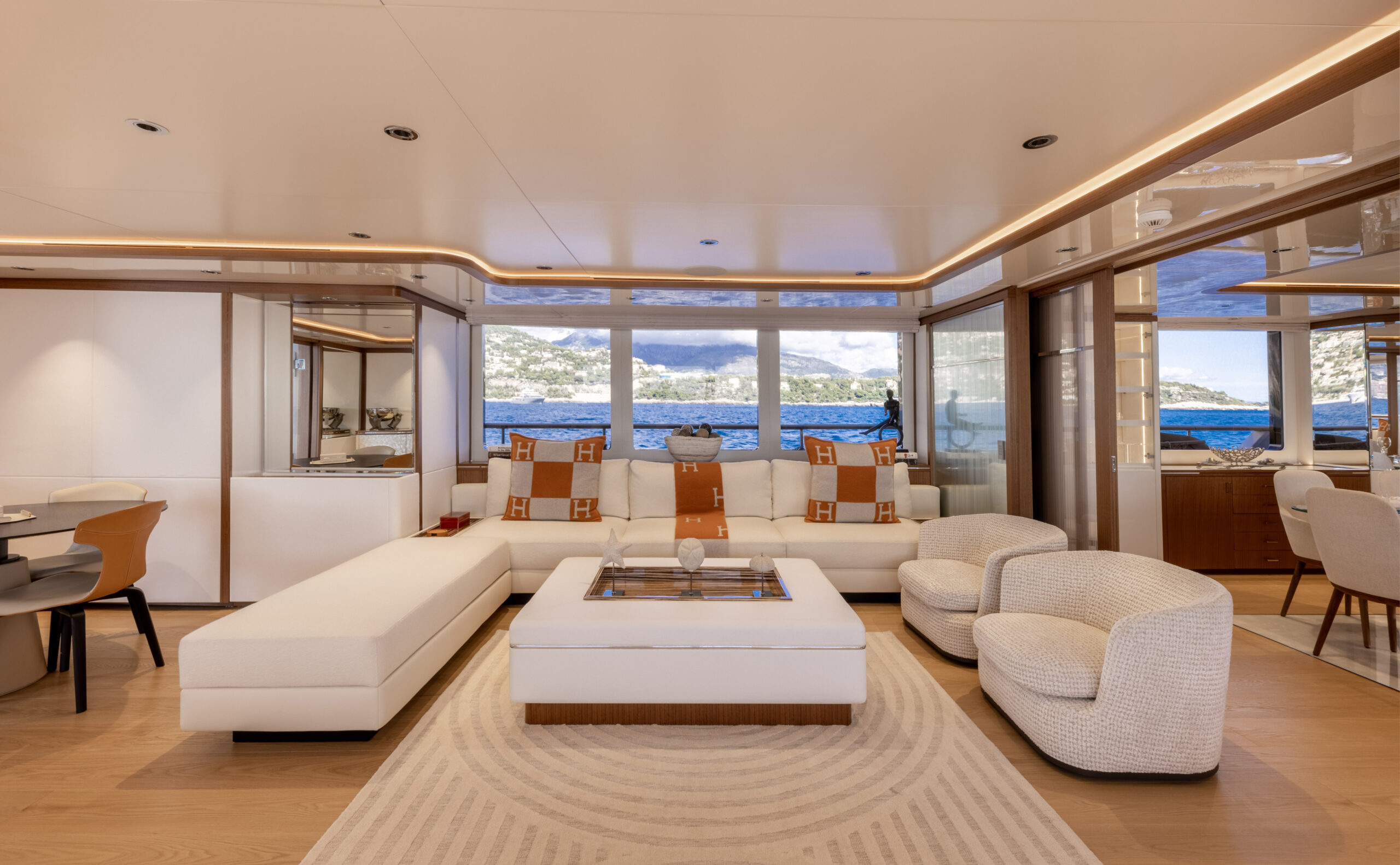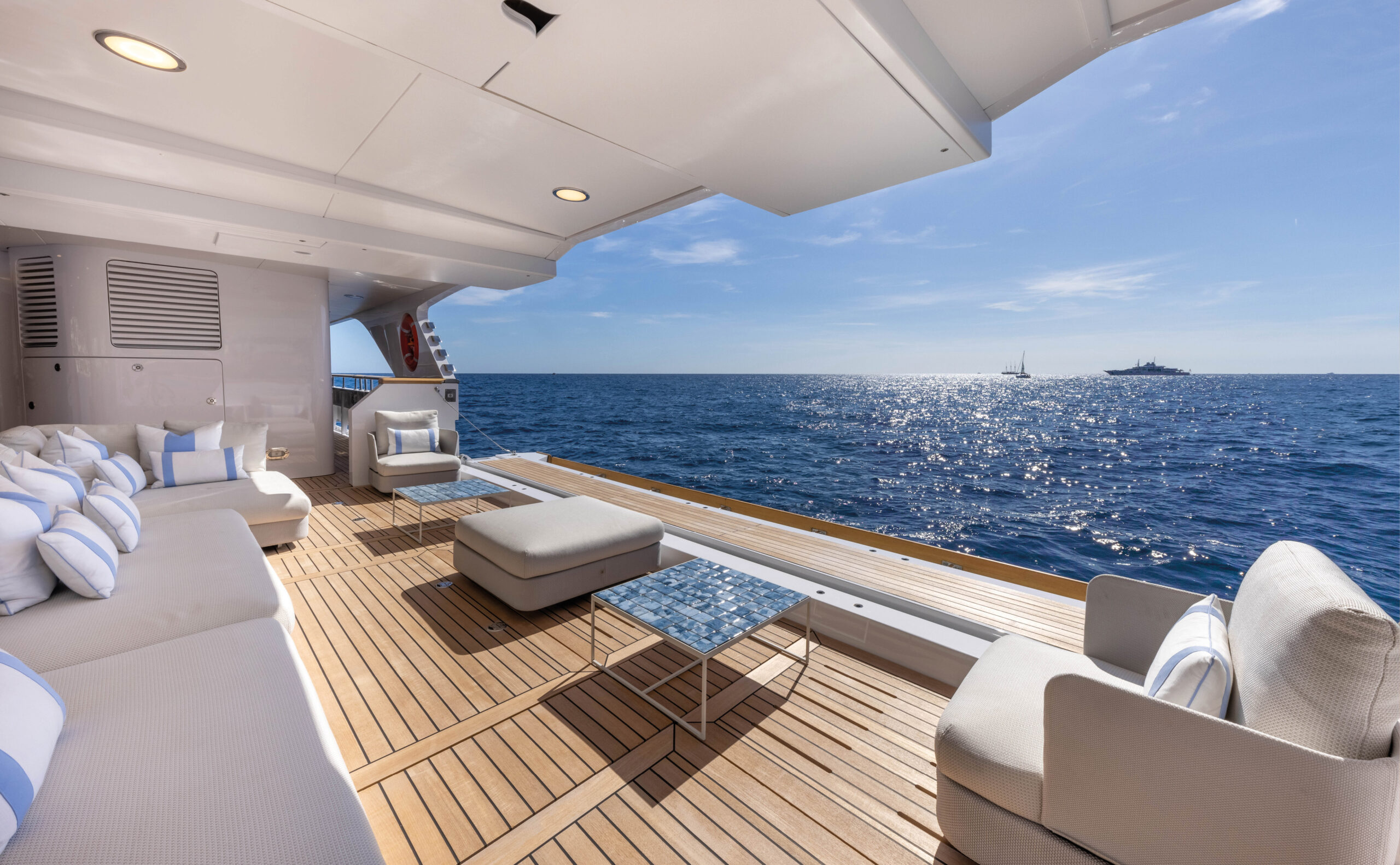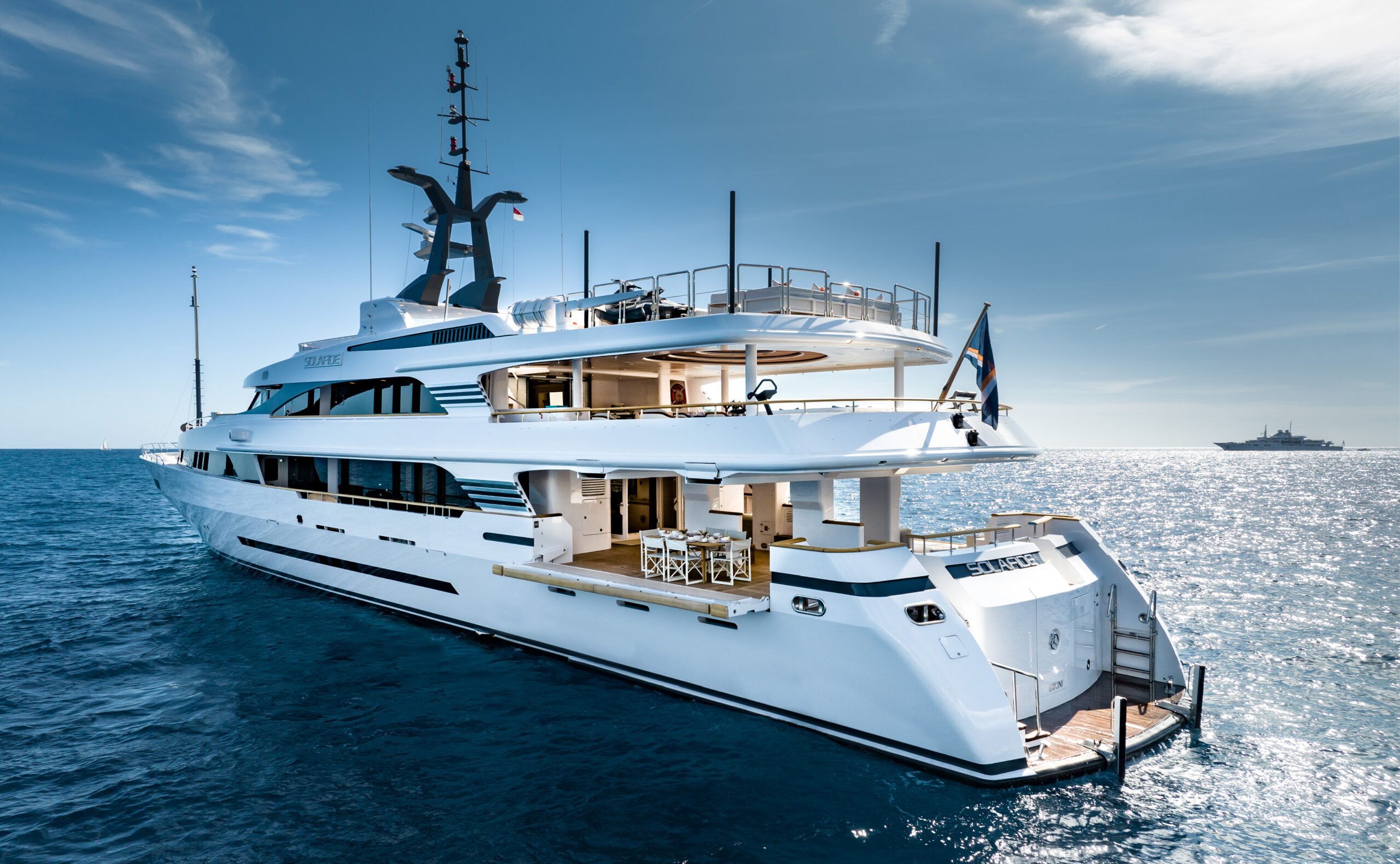Name: Giulia Grassi
Company Name: Supernova Design Studio
Position Within Company: Founder and yacht designer
Website: https://supernovadesignstudio.it
Tell us a little about your background in the sector (education, experience, etc)
My journey in the design and yachting sector began with a strong academic foundation. I pursued my studies at the Politecnico di Milano, one of Italy’s leading institutions in architecture and design. During my time there, I developed a solid understanding of design principles, technical drawing, and project development. Eager to specialize in a field that combined my passion for the sea with design, I continued my education with a postgraduate specialization in Naval and Nautical Design in La Spezia — a city known for its maritime tradition and shipbuilding heritage.
Shortly after completing my degree, I was fortunate to begin working at an interior design studio based in the Principality of Monaco. Being immersed in such an internationally renowned and dynamic environment gave me immediate exposure to high-end projects and an elite clientele. The experience was both challenging and inspiring. After just a couple of years, I had the opportunity to grow within the company, eventually becoming the head of the naval department. In that role, I led a talented team and together we worked on a number of remarkable yacht interior design projects, blending innovation with elegance and functionality.
Despite the rewarding experiences I had in Monaco, personal reasons led me to return to Italy, and more specifically, to my hometown on Lake Como. This transition marked the beginning of a new and exciting chapter: the launch of my own design studio. Establishing my base on Lake Como felt natural and deeply meaningful. It’s a place where I have deep roots and a profound appreciation for the landscape, culture, and community. Moreover, I strongly believe in the potential of the area, which is increasingly gaining international recognition for its beauty and sophistication.
My aim in founding my studio here was not only to continue working in the yachting sector but also to contribute to the development and prestige of the region. By bringing the world of yachting to Lake Como, I hope to create a bridge between the nautical luxury industry and one of the most iconic Italian locations. I see it as a way of giving back to the place that shaped me, while also carving out a unique niche for my professional vision.
Throughout my career, I have always valued creativity, attention to detail, and a deep respect for the client’s vision. Whether working on a large superyacht or a more intimate vessel, I approach each project with passion and precision, striving to create spaces that are both beautiful and functional.
